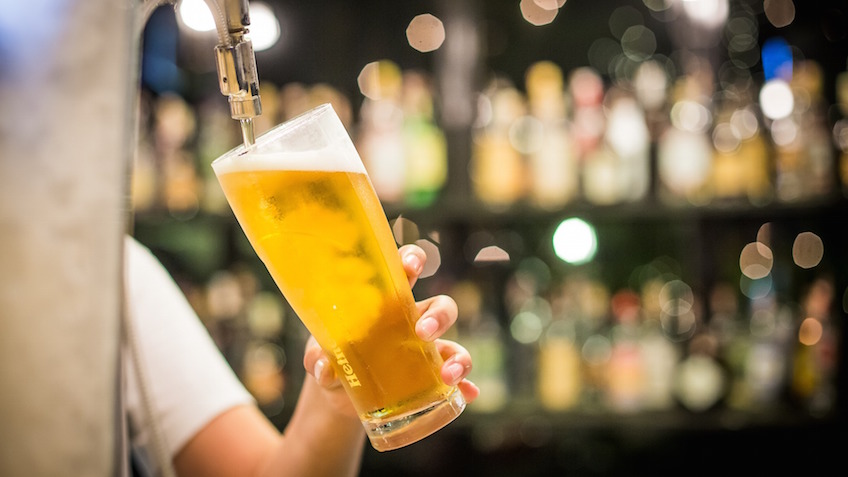
Beer Ingredients
There are four: water, malt, hops, and yeast. That’s it.
Anything else on the recipe sheet is an adjunct. If they’re in your beer they’d better be earning their place by enhancing the experience somehow. Usually this means adding a nice flavour or two.
Malt
Malt is made from grain, usually barley. Other grains used include wheat, rye, or oats. It gives beer its colour and a good deal of its flavour too. This can be bready, biscuity, caramel, toffee, nutty, fruity, coffee, chocolate, roasted, smoky… it’s a long list. Just watch out with the fruity flavours, they can also come from the hops or even from the yeast in certain beers.
Hops
Beer people like to bang on about hops. I mean, we *really* do. These little green cones might as well be magic, the amount of fuss some people make about them.
Don’t sweat it though, and certainly don’t worry about trying to identify particular varieties after just a couple of sips. If the beer tastes noticeably bitter then simply saying ‘this is hoppy’ is perfectly correct.
Hops are added to a beer to give bitterness and flavour, and also for their antibacterial and preservative properties. English hops will commonly give flavours that are earthy, spicy, honeyed, or even minty. Think of a pint of Best Bitter; it’s a gentler taste than you’ll get from the brasher hops grown in the USA. These can have flavours that are citrus, floral, herbal, fruity, and tropical. That’ll be what you’re tasting in your craft IPA. If you’re drinking something German, then the hops will be more restrained. These beers usually contain ‘noble hops’ that are floral, spicy, earthy, and herbal. For a great example look no further than a lager.
Yeast
Yeast is responsible for a lot of a beer’s flavour, and yet most drinkers know very little about it. If you’re drinking something Belgian and you can smell or taste bananas and cloves, that’ll be the yeast. Bubblegum, nail polish, pear drops? The yeast. Rubber or leather? Yeast. Don’t worry though, I bet no one will bring it up.